HarmonyOS
Huawei DevEco 3.0 Beta 2 version released with three new features
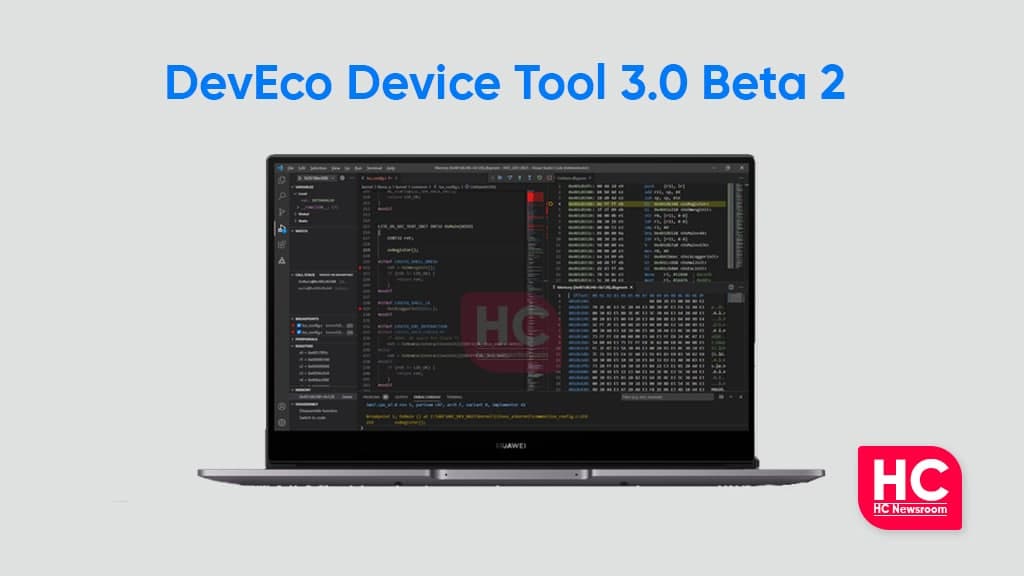
On January 1, 2022, Huawei has released a new DevEco Studio 3.0 Beta 2 for developers to create something unique for the HarmonyOS system and optimize the integrated installation experience. As per the information, the new DevEco studio beta version brings three new features that are:
- Visual trace analysis
- Perf performance analysis tool
- Application compatibility test suite
Huawei DevEco Studio 3.0:
The DevEco Studio 3.0 is all in one in a development environment that is deployed on Visual Studio Code in the form of plug-ins. It has one-click compilation and burning, OpenHarmony component customization, HarmonyOS Connect service package integration, remote development, equipment simulation, visual debugging and tuning, and three-party library sharing of template samples.

Let’s move to the detailed changelog of DevEco Studio 3.0 Beta 2 version:
Visual trace analysis
DevEco Device Tool provides a Trace analysis function, which can track CPU usage, memory usage, running tasks, or events in real-time when the application is running on the development board.
Developers can start or stop recording traces at any time, and graphically display events, memory, CPU, running traces, and other information. Developers can view the events or processes that caused memory or CPU exceptions based on the collected trace data, thereby optimizing the source code. Currently, DevEco Device Tool supports Trace analysis of Hi3516DV300 and Hi3518EV300.
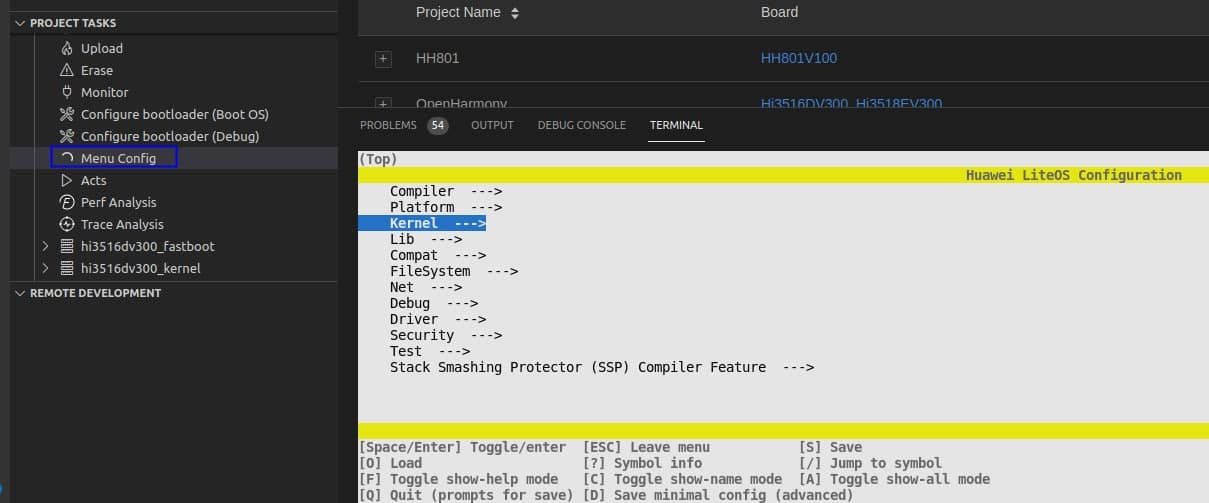
Perf performance analysis tool
Perf analysis function obtains the CPU hardware events, high-precision periodic events, and OS software events by sampling the source code of the development board to generate Perf files. Perf analyzer performs hotspot function and hotspot path analysis on the output perf file. Based on Perf analysis, algorithm optimization and code optimization can be performed to increase execution speed and reduce memory usage. Currently, DevEco Device Tool supports Perf analysis of Hi3516DV300 and Hi3518EV300.
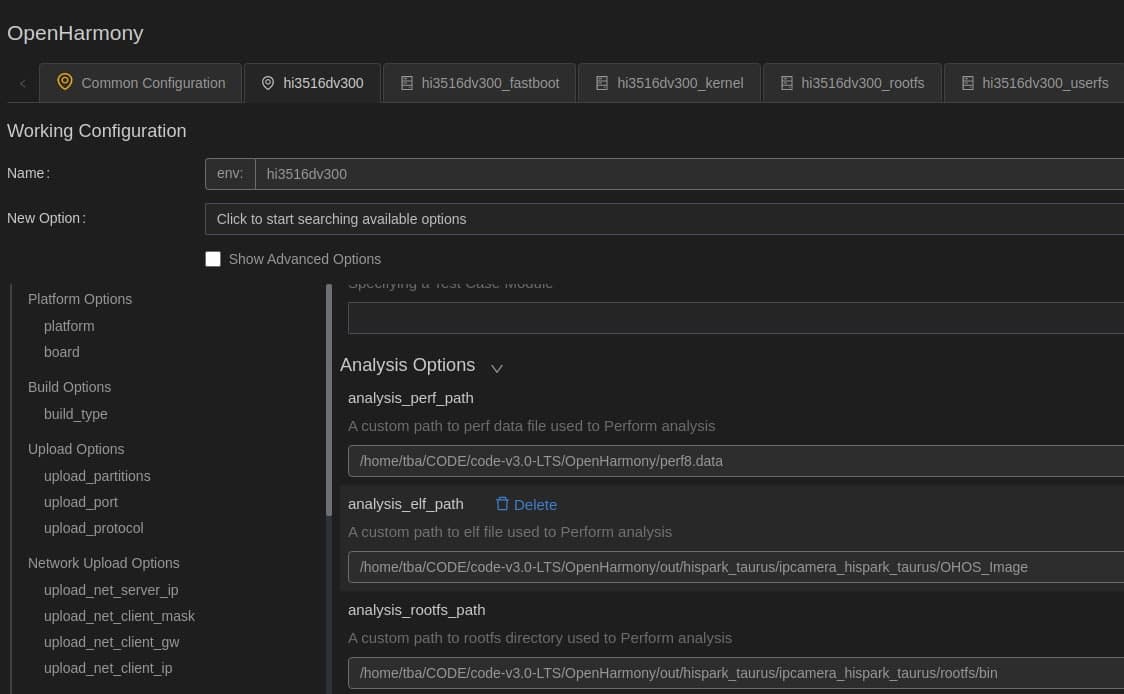
Application compatibility test suite
HarmonyOS compatibility testing is mainly to verify that partners’ devices and business applications meet the technical requirements defined by HarmonyOS open-source compatibility. To ensure that devices and business applications running on HarmonyOS can operate stably and normally and that devices and business applications that use HarmonyOS are consistent. Sexual interface and business experience.
DevEco Device Tool integrates a compatibility test suite, and currently supports the compatibility test of Hi3516DV300 and Hi3861.
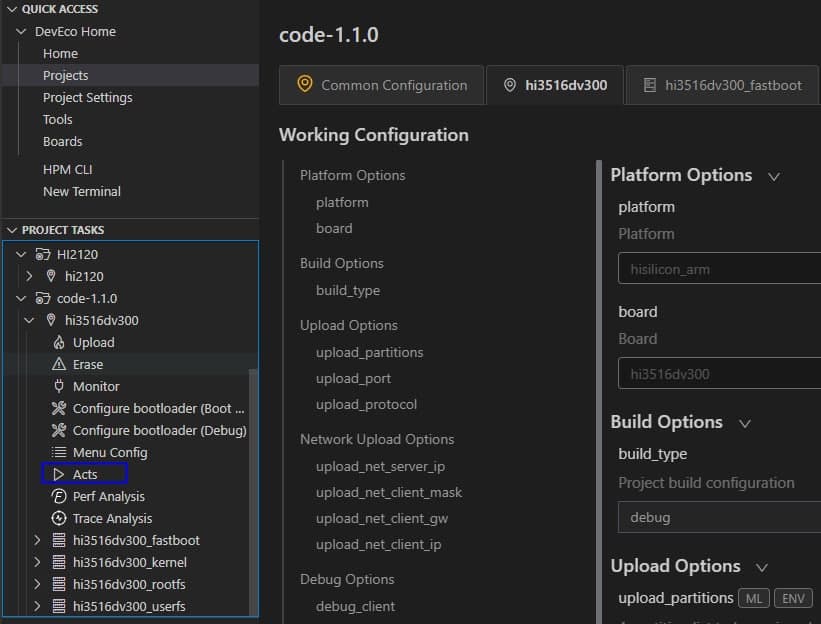
New Features:
-
The new visual Trace tool based on Hi3516DV300 and Hi3518EV300 development boards can clearly understand the event details of system operation, CPU proportion, memory trend graph, and task switching trajectory, and better understand the unstable operation of the system and auxiliary positioning program.
-
The new Perf performance analysis tool that supports Hi3516DV300 and Hi3518EV300 development boards are added to help developers quickly and effectively identify performance bottlenecks and assist system performance optimization.
-
The new application compatibility test suite acts based on the Hi3861 chip-based development board helps terminal equipment manufacturers to detect the compatibility of the application with HarmonyOS Connect / OpenHarmony as soon as possible, and ensures that the application meets the compatibility requirements of HarmonyOS Connect / OpenHarmony during the entire development process.
-
Added support for HH-SCDAYU200 development board based on RK3568 to compile in Linux environment and burn in Windows environment, support XR806 based development board to compile in Linux environment and burn in Linux/Windows environment.
Enhanced features:
-
Since the components (Node.js and HPM) are integrated into the integrated installation tool (DevEco Device Tool Installer), developers only need to check the required components to automatically download and install the components to build the IDE environment.
-
Based on the development board of the Hi3861 chip, the programming parameter “Baud rate” supports setting to 921600.
-
Optimize the integrated installation function, developers can automatically install DevEco Device Tool without manual configuration.
-
During the all-in-one installation process, the default download source of Python is updated to Huawei Cloud, which is convenient for domestic users to obtain and enhance the user experience.
Fixes:
-
Fixed the problem that the development board based on Hi3861 chip, after clicking build in the Linux environment to compile, select the hiburn-serial protocol to burn in the Windows system, the burn failed.
-
Fixes the problem of downloading failure due to abnormal log when Windows is installed in the default path and clicking Upload.
-
Fixed the problem that abnormal pop-ups appeared when clicking Monitor after the Windows platform was successfully burned.
-
Fixed the problem that the stack analysis and mirror analysis of the development board based on the Hi3861 chip cannot be used.
-
Fixed the problem that the DevEco Device Tool Home page cannot be loaded when there is a DevEco-Device-Tool folder in the root of the installation directory.
-
Fixed an issue where the Configure Bootloader could not be used normally due to spaces in the installation path.
-
Fixed the problem that multiple DevEco Device Tool Home interfaces appeared after clicking Remove to remove the project.
-
Fixed the problem that the Products function in DevEco Device Tool could not be used normally due to the expired certificate.
(Source: Huawei)
HarmonyOS
TAILG launched new scooter with HarmonyOS
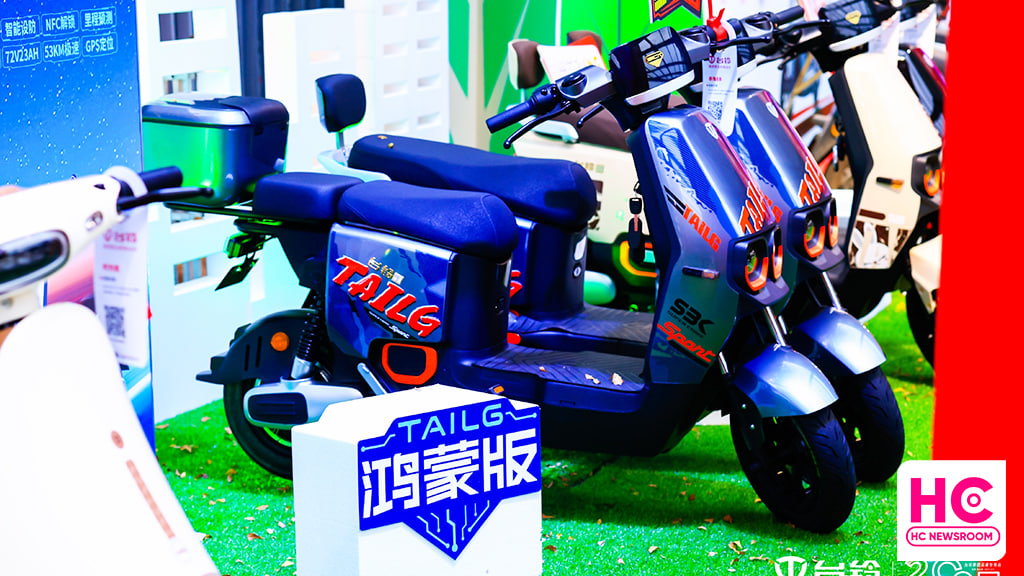
TAILG has launched a brand new electric scooter, which is powered by the HarmonyOS operating system and an all-around stylish look to provide a better experience for consumers.
It has a custom-made avant-garde handlebar, as well as an exclusive smart touch screen, which can display various driving data of the vehicle in real-time. It also equips with a variety of smart unlocking features, including one-key ignition.
The latest TAILG brings HarmonyOS features such as APP control, NFC unlocking, mileage prediction, smart fortification, and vehicle inspection. The TAILG HarmonyOS electric scooter packs a 72V23AH graphene battery, a 1000W cloud-powered motor, and a GPS positioning system.
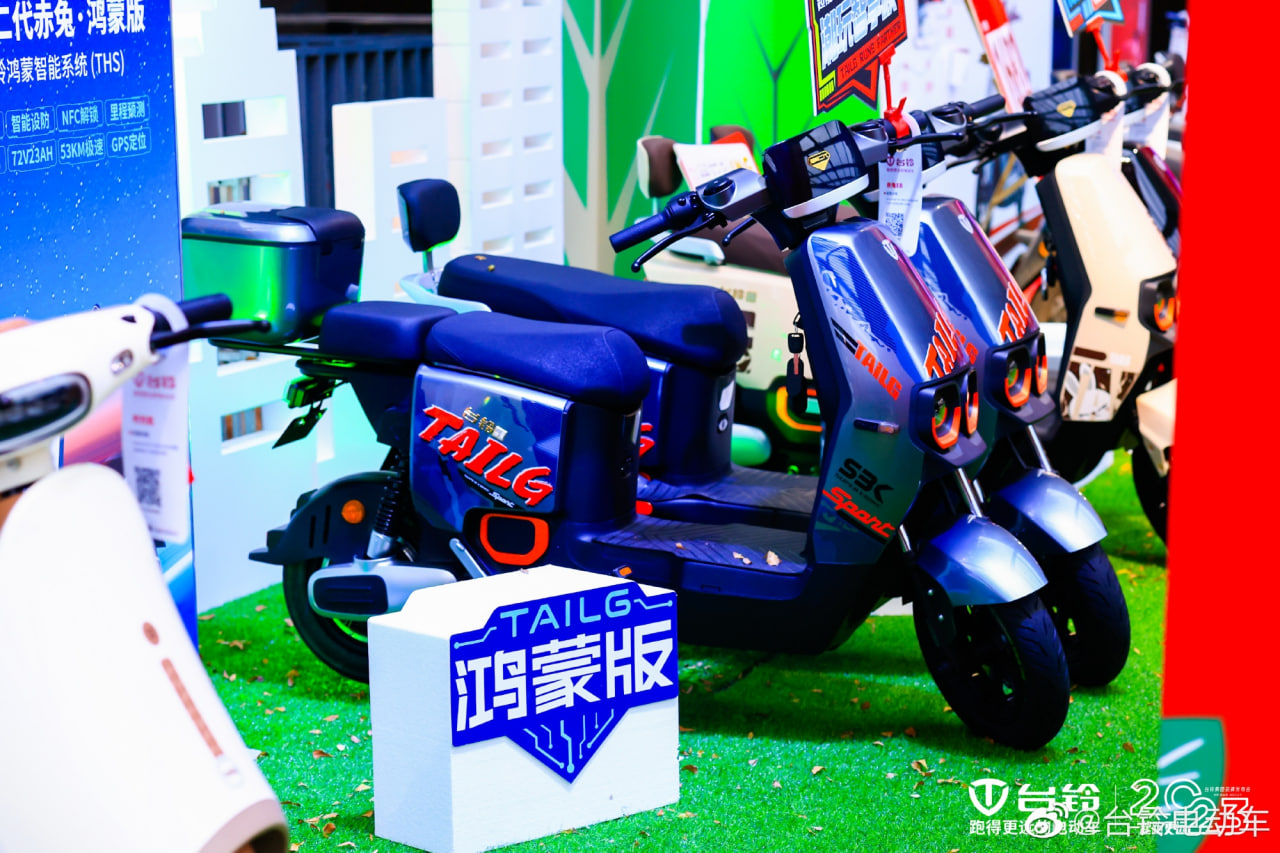
Looking at the price segment, the TAILG HarmonyOS scooter starts at 3899 yuan, and the high-end version is priced at 4588 yuan. This new electric scooter will be sold in offline stores across China.
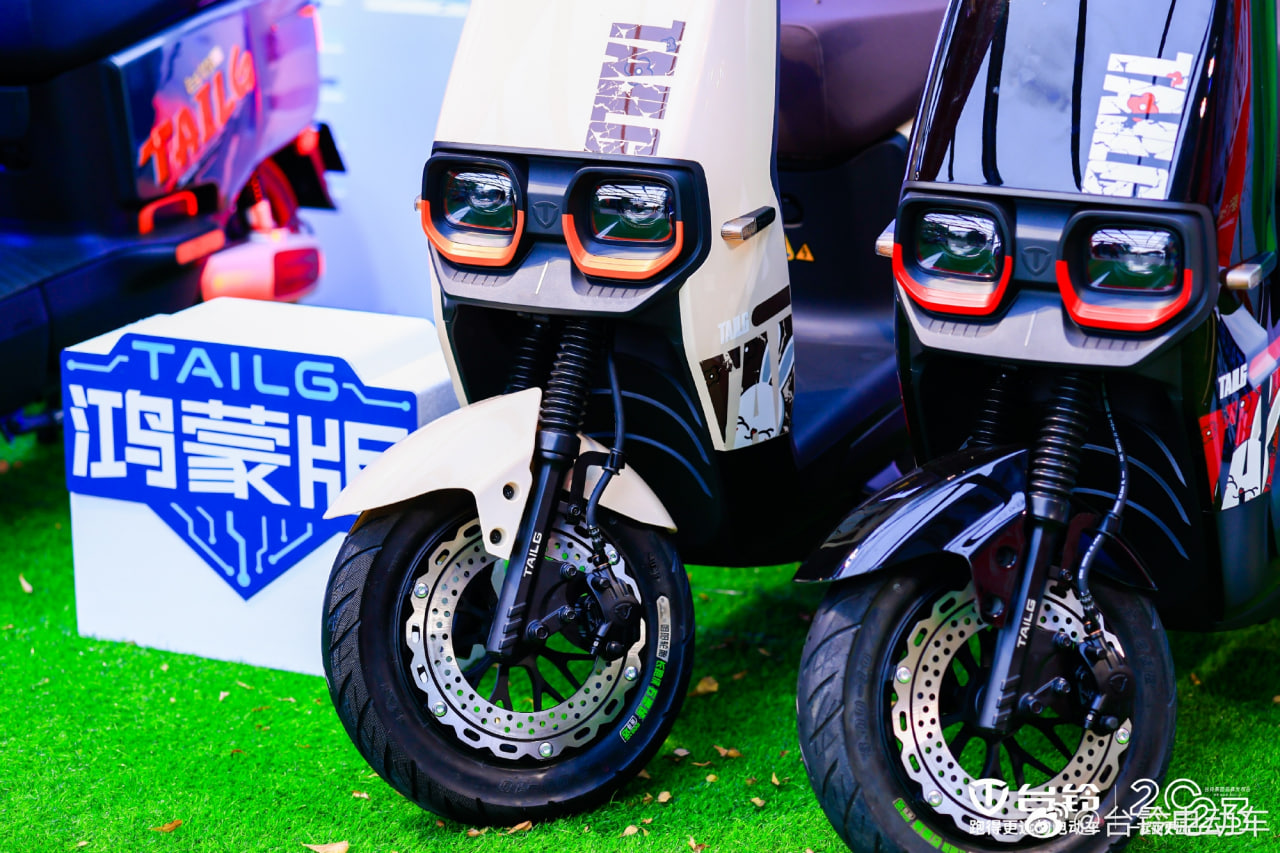
Last year in August, TAILG and Huawei announced cooperation to upgrade electric vehicles, the two companies will establish a joint innovation laboratory to conduct research on IoT and other technologies. This will also allow both firms to achieve technological advantages.
Established in 2004, TAILG is an enterprise specializing in R&D, manufacturing, sale, and service of new energy electric vehicles, Its products cover electric bikes, electric scooters, electric special bikes, electric tricycles, and other vehicles. It has an annual production capacity of 12 million vehicles and more than 30,000 stores exclusively in China.
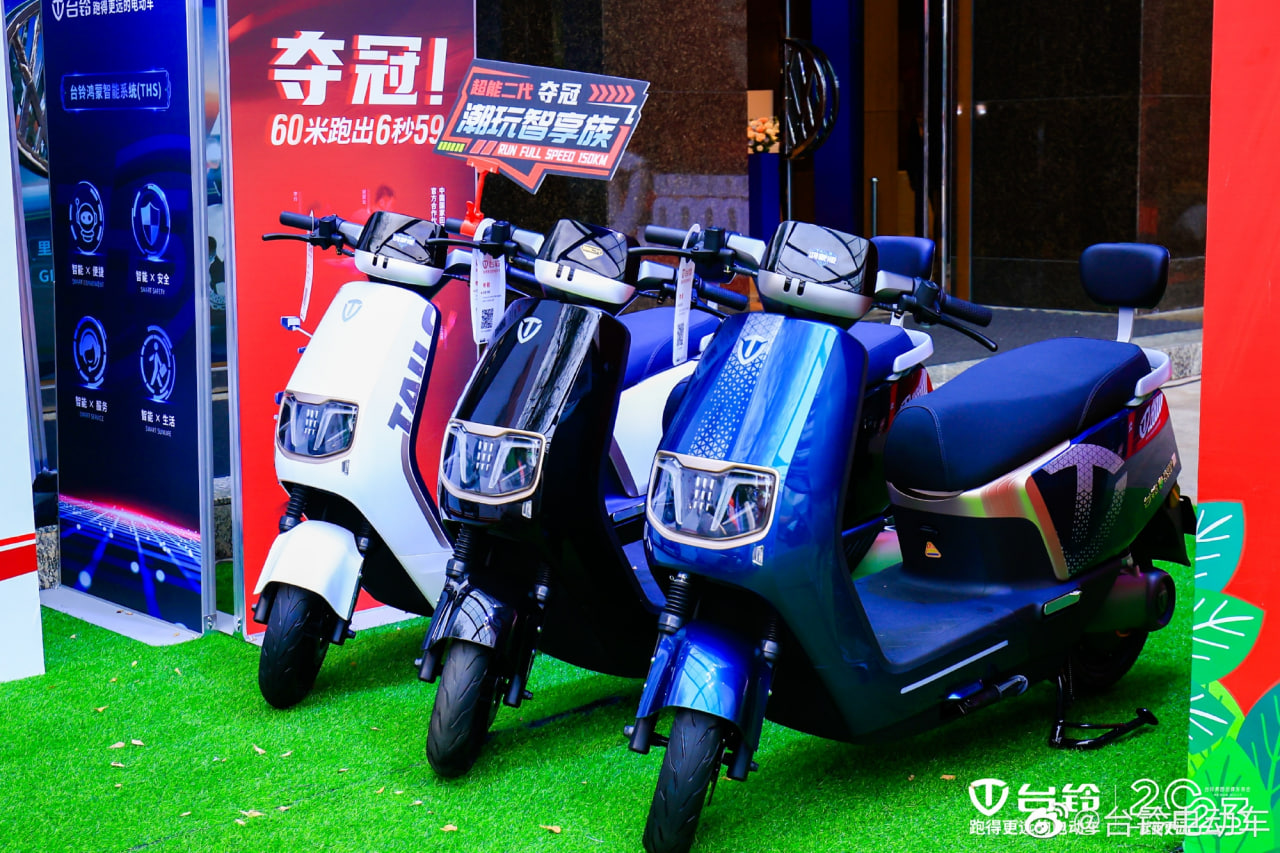
(via – Sina Tech)
HarmonyOS
HarmonyOS 3.1 Developer beta open for smartphone users
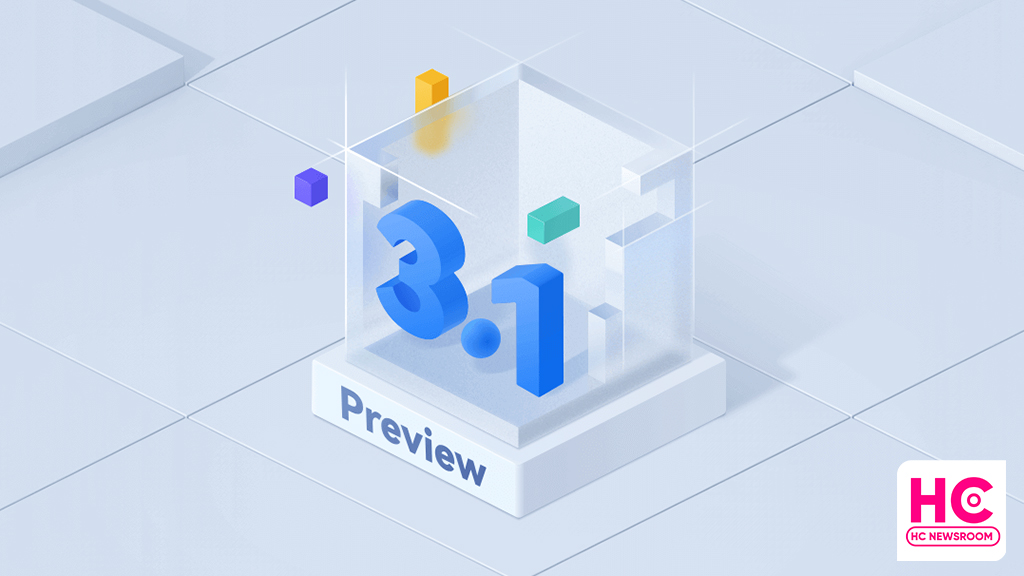
Today, HarmonyOS 3.1 developer preview testing is opened for smartphone users, this recruitment will enable developers to participate in the open beta activity with developer-only features directly into a real device.
According to the information, HarmonyOS 3.1 developer beta is currently being announced for the first phase of devices including Huawei P50 and P50 Pro. However, Huawei has confirmed to add more devices to the test pool later on. Also, a more friendly and subtle beta test is likely to begin in March.
To be mentioned, HarmonyOS 3.1 developer open beta recruitment is applicable until February 13, 2023. Afterward, Huawei will review the test applications. Selected testers will receive an email or SMS to download HarmonyOS 3.1 developer beta OTA rollout.
Also, this beta activity is available only for the Chinese models and only real authenticated accounts will pass the developer beta signup.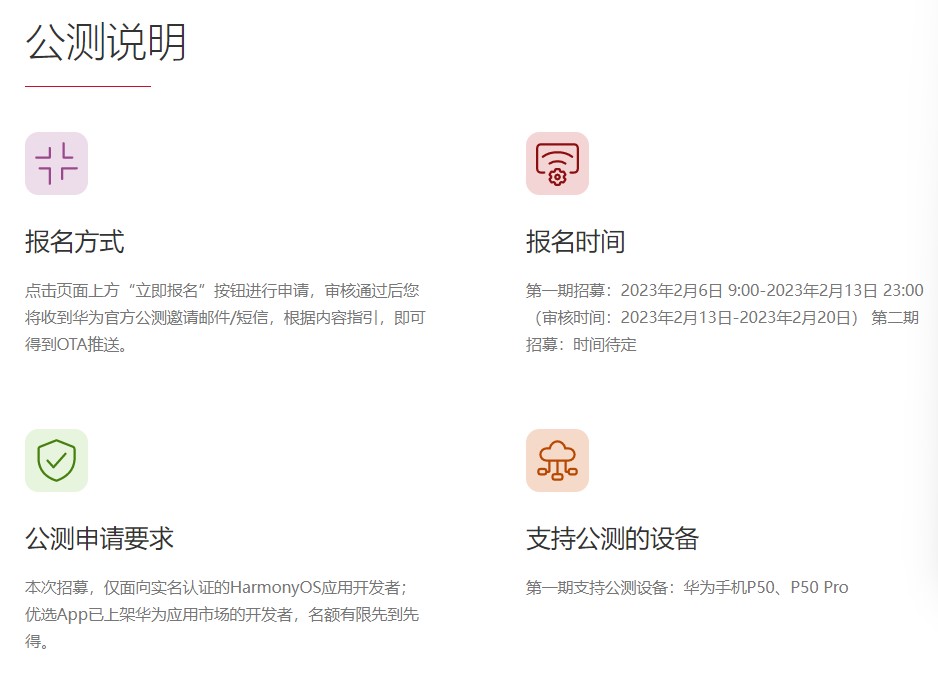
HarmonyOS 3.1 comes constructively adds a new ArkTS language, and with the latest public test, you will experience the improvements and efficiency of the app powered by ArkTS language, STage model, ArkUI, and more.
Below you can check the HarmonyOS 3.1 developer preview features:
- The ability framework adds a stage development model, including stage model life cycle management, scheduling, callback, context acquisition, authentication, and more. At the same time, the operation and management capabilities of the application are enhanced.
- The ArkUI development framework enhances the declarative Canvas/XComponent component capabilities, enhances component layout capabilities and state management capabilities, and optimizes the usability of some components.
- Application package management adds an interface for querying properties related to applications, ability, and ExtensionAbility.
- The common basic class library supports Buffer binary reading and writing.
- Web services add support for document preview and basic editing functions of document-type web applications, as well as cookie management and storage management.
- Added support for YUV, webp image codec, and other capabilities for graphics and images. Added native vsync capabilities, and supports self-drawing engines to independently control the rendering rhythm.
- Added camera configuration and preview functions in Media Services.
- The window service adds window-related interfaces under the Stage model, which enhances the window rotation capability and enhances the avoidance area query capability.
- The globalization service has newly added support for internationalization enhancement capabilities such as time zone lists, transliteration, and phone number attribution.
- The basic capabilities of common events are enhanced, and the commonEvent module is changed to commonEventManager.
- The resource management service adds a synchronization interface for resource acquisition, a new interface for querying resource values based on names, a new interface for querying number and float resource types, and a new way for Stage model resource query.
- Input method service adds input method cursor direction constant.

Android
First Android 14 Developer Beta announced, launch around HarmonyOS 4

Android 14 is the next software version for the Android ecosystem. On February 8, Google stepped ahead to begin the development of this major upgrade with the first developer beta.
Google has released the roadmap for the development, beta testing, platform stability, and the final release of Android 14, which reveals meet the launch of Huawei HarmonyOS 4 later in the second half of 2023.
The first developer preview is already out for the Pixel devices. However, Google could open early access to other smartphone makers such as OnePlus by April when the open beta campaign kicks off.
As mentioned by the Android company, Android 14 is projected to reach platform stability by the end of July. But there’s still a possibility of these milestone timelines to delay, similar to last year.

For your information, the Android 14 developer preview will be a very useful and early gift to the developer community. It will pave a way for the app devs to know more about the upcoming APIs and app features ahead of the final launch.
Looking into the developer preview features, Android 14 promises to improve productivity, enhances performance, improvements to security, and privacy, and bring new customizations.
Yes, there are new tweaks and changes made over Android 12, while there are more that will be visible as the development progress further. Throughout this phase, these developers (and later users) will help to fix bugs and make improvements to the Android 14 source code.
HarmonyOS 4:
Aside from the Android 14 developer beta, Huawei is preparing for the HarmonyOS 3.1 rollout but the company is working on HarmonyOS 4 as a major release for the next generation of Huawei devices. For now, there’s no official launch date available but we are likely to hear more on this at the Huawei Developer Conference (HDC) 2023 event.
HarmonyOS 4 promises big upgrades over HarmonyOS 3 and a major restructure in the user interface (UI). Nonetheless, we’ll keep you posted.

(source – Android)






